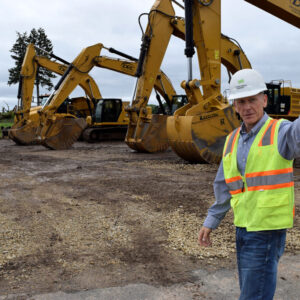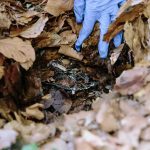Underground hot water storage: how 1980s research in minnesota is fueling today’s clean energy revolution

In the early 1980s, researchers at the University of Minnesota embarked on an ambitious experiment that seemed almost too simple to work: storing hot water deep underground for months at a time. Funded by the U.S. Department of Energy, the project involved drilling hundreds of feet below the St. Paul campus to test whether natural underground water formations called aquifers could serve as massive, natural thermos bottles for clean energy storage.
The concept, known as seasonal thermal energy storage, aimed to solve a fundamental challenge in sustainable energy—how to capture and store excess heat during warmer months and release it when needed during cold Minnesota winters. While the original 1980s experiment was groundbreaking for its time, the technology has remained largely dormant for decades as other energy storage methods took center stage.
Now, nearly half a century later, this innovative approach is experiencing a remarkable renaissance in the Twin Cities. As communities nationwide search for reliable, large-scale solutions to store renewable energy, researchers and energy companies are returning to the underground storage concept pioneered beneath the University of Minnesota campus. The timing couldn’t be better—with advances in drilling technology, improved understanding of groundwater systems, and growing demand for clean energy storage, seasonal thermal energy storage is positioned to play a crucial role in America’s renewable energy future.
This revival represents more than just technological progress; it’s a testament to how forward-thinking research can lay dormant for decades before finding its moment to transform entire industries.
This article was written by the EnviroLink Editors as a summary of an article from: Inside Climate News







